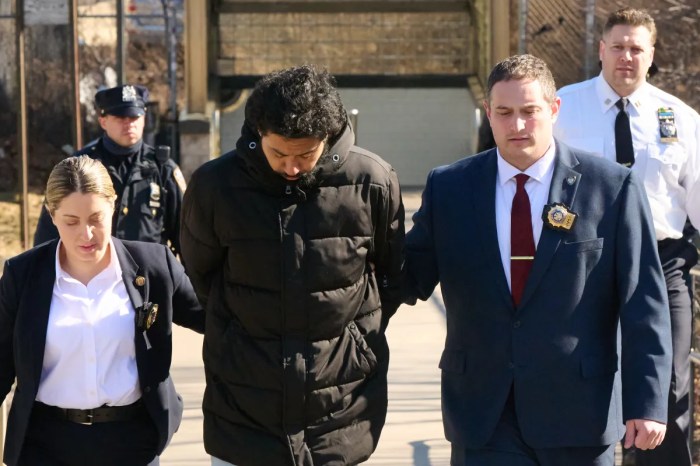When a man looks down and sees that he’s urinating with two streams instead of one, he struggles to get both streams to go into the toilet bowl without making a mess. He laughs when he tries to explain the bodily gyrations required to accomplish this feat but too often he is laughing with tears in his eyes. This problem is not uncommon. Sometimes, after a few seconds, the two streams come together and form one more forceful and manageable stream. Unfortunately, the stream can break into a spray that goes in all directions and over which, there is no control. The only way to confine urination to the toilet bowl and keep the floor and your shoes from getting wet is to sit down to urinate. All this is related to enlargement of the prostate causing a partial obstruction to the outflow of urine. Many men don’t realize their flow is slow but every man can easily see a split or spraying stream.
Once it is understood that the split stream is a prime indicator of a weak flow, it becomes crystal clear that something is wrong. The underlying problem is enlargement of the prostate, which sits like a gatekeeper connecting the urinary bladder, located just above the prostate to the upper end of the urinary passageway in the penis just below the prostate. Urine on leaving the bladder must pass through this connecting passageway in the prostate to get to the upper end of the urethra in the penis. As the prostate enlarges, it does so in all directions, inwardly and well as outwardly, compressing the urinary passageway within. This compression increases resistance to the outflow of urine. As the resistance increases, the stream flows more and more slowly, eventually becoming so weak that it cannot coalesce into one stream but breaks up into two or more streams and it is this split or sometimes spraying stream that is instantly recognizable by the patient as the first indication that his stream has slowed.
If your stream splits or sprays, it’s past time to seek help. When the diagnosis of symptomatic prostate enlargement has been established, attention turns to selection of the most appropriate treatment for this condition. The first line of therapy is medication and there are drugs that can over time, actually shrink the prostate and relax the muscles within the prostate. If medication can’t be used for any of a variety of reasons, the second line of defense is to consider TUMT, Trans Urethral Microwave Thermotherapy, such as TherMatrx, which avoids surgery, is done in the office and requires no hospitalization or anesthesia. Most often, after microwave treatment, the medication used to treat the patient for his prostate condition can be reduced in dose or discontinued altogether. Surgery should be reserved only as the court of last resort.
Have Questions? Call Dr. Okun at 718-241-6767






















